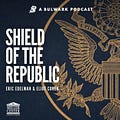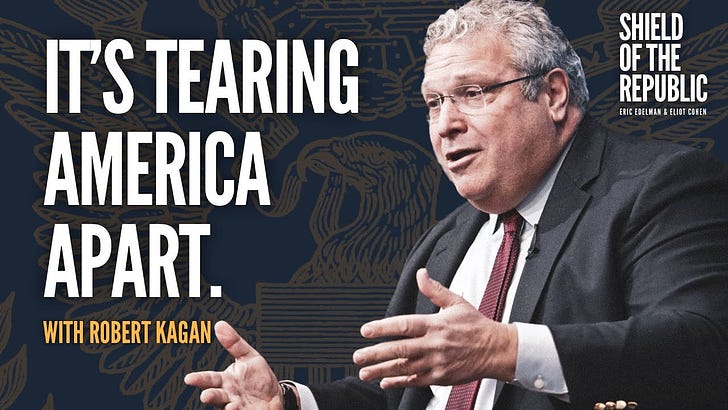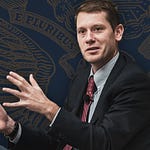With Eliot on the road again Eric hosts Andrew Hoehn, Senior VP and Director of Research at the RAND Corporation, and Thom Shanker (formerly New York Times national security reporter and editor) Director of the Project for Media and National Security at George Washington University. The authors of Age of Danger: Keeping America Safe in an Era of New Superpowers, New Weapons, and New Threats (New York: Hachette Books, 2023) discuss why we are entering an age of greater danger than we have known since the end of the Cold War, the nature of the government's machinery for warning and action in the national security realm, the feasibility and desirability of "whole-of-government" and "whole-of-society" solutions to these looming national security challenges, the legacy of Andrew Marshall (the director of the Pentagon's Office of Net Assessment for 40 years), the role of cost-imposing strategies and the use of attritable unmanned aircraft and sensors for deterring the PRC in the Taiwan Strait, the nature of "unobtanium", and the Russian war on Ukraine.
https://www.amazon.com/Age-Danger-Keeping-America-Superpowers/dp/030682910X
Shield of the Republic is a Bulwark podcast co-sponsored by the Miller Center of Public Affairs at the University of Virginia. Email us with your feedback at shieldoftherepublic@gmail.com
Learn more about your ad choices. Visit podcastchoices.com/adchoices













A New Age of Danger